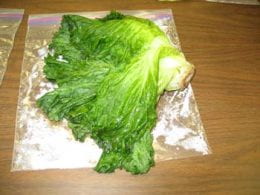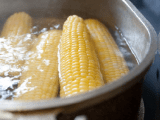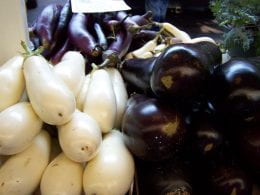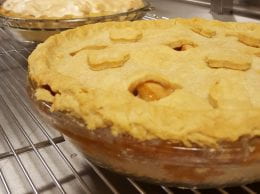
Save some meal prep time this holiday season by freezing pie ahead of the holiday meal. There are options to make baking easier. Here are many tips from Penn State University Extension.
Freezing Pie Dough
- Pie dough can be rolled into circles and frozen flat on lined cardboard separated with pieces of freezer paper or foil.
- To freeze unbaked dough in pie pans, stack pie pans with two layers of freezer paper between them and place all in a freezer bag.
- Prick pastry that will be baked unfilled. Pricking a frozen pastry will cause it to break.
- Do not prick pastry that will be filled before baking.
- To use frozen sheets of dough, thaw in the refrigerator before shaping to the pan.
- Pastry shaped in pans before freezing does not need to be thawed before baking.
Freezing Shaped Pie Filling
- Freezing a pie in a pie pan takes lots of space and ties up the use of that pan.
- Freeze the pre-measured fruit filling for one pie in a large freezer bag or foil-lined pan.
- Before adding the cooled filling, plastic wrap can be placed over the foil in the pie pan to avoid filling sticking to the foil.
- Dot with butter and sprinkle with cinnamon or nutmeg if desired.
- If freezing the filling in a freezer bag, squeeze out the air, then seal.
- Place the bag into the pie pan, shaping it to fit the pan, and freeze until solid.
- When the filling is frozen, remove it from the pan. This way, you can continue to use the pie pan and yet have everything mixed ahead to put into fresh pie dough.
- When you are ready to use the pie, unwrap and place the frozen filling in an unbaked pie shell, top, and bake. Allow an extra 20–25 minutes of baking time.
Freezing Prepared Pie
- Unbaked pies have a fresher fruit flavor than ones baked before freezing.
- Freeze the filling and crust separately to prevent fruit juice from penetrating and softening the lower crust during freezing.
- It is easier to freeze pies before wrapping, whether baked or unbaked. Wrap them after they are frozen solid.
- Do not cut vents in the top crust of an unbaked pie before freezing.
- Cut vent holes in the upper crust just before baking.
Baking Frozen Pie
- Bake frozen pies in the lower third of a preheated oven for 25 minutes at 425°F and then reduce the heat to 350°F and raise the pie to the center of the oven to finish baking.
- Some people prefer baking at 450°F for 15 to 20 minutes and then reducing heat to 375°F for 20 to 30 minutes or until the top crust is brown.
- Placing the pie on a cookie sheet or pie drip pan helps catch juices that might overflow.
- A baked pie that has been frozen can be served without reheating; thaw it in its wrapping in the refrigerator.
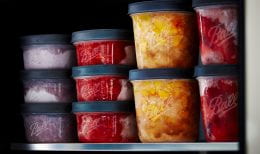
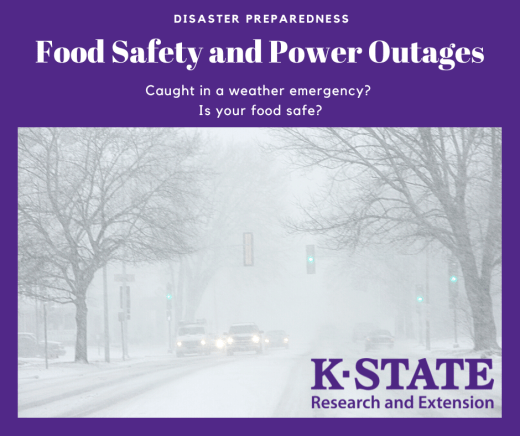 Recent cold weather has created challenges for all of us. Power outages can lead to many problems. If you have canned foods, either home canned or commercially canned, in a storage location that froze, what can you do?
Recent cold weather has created challenges for all of us. Power outages can lead to many problems. If you have canned foods, either home canned or commercially canned, in a storage location that froze, what can you do?

